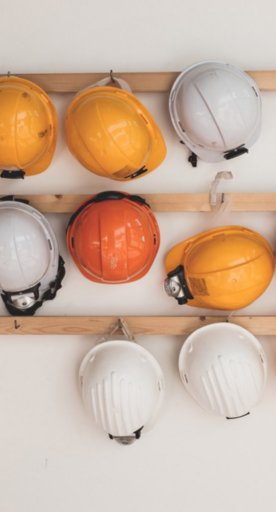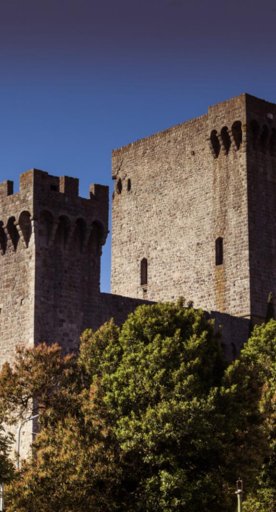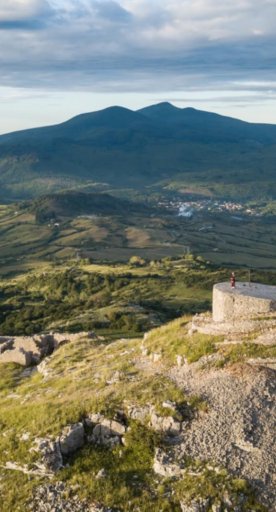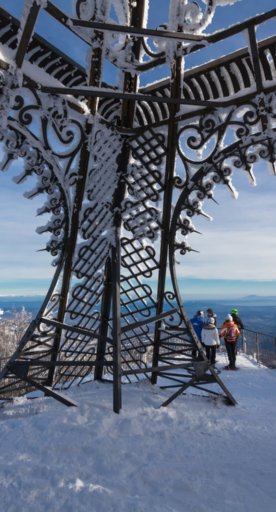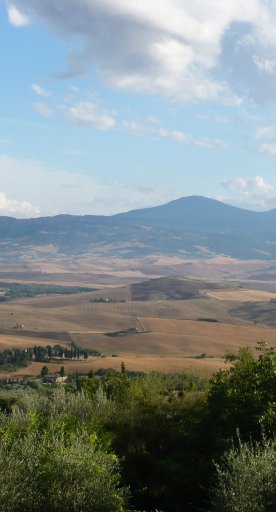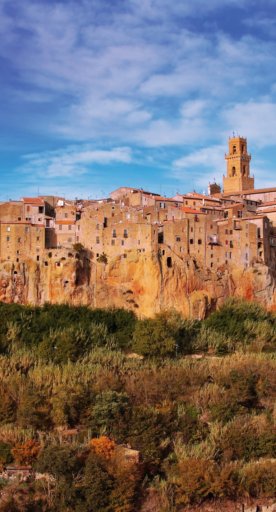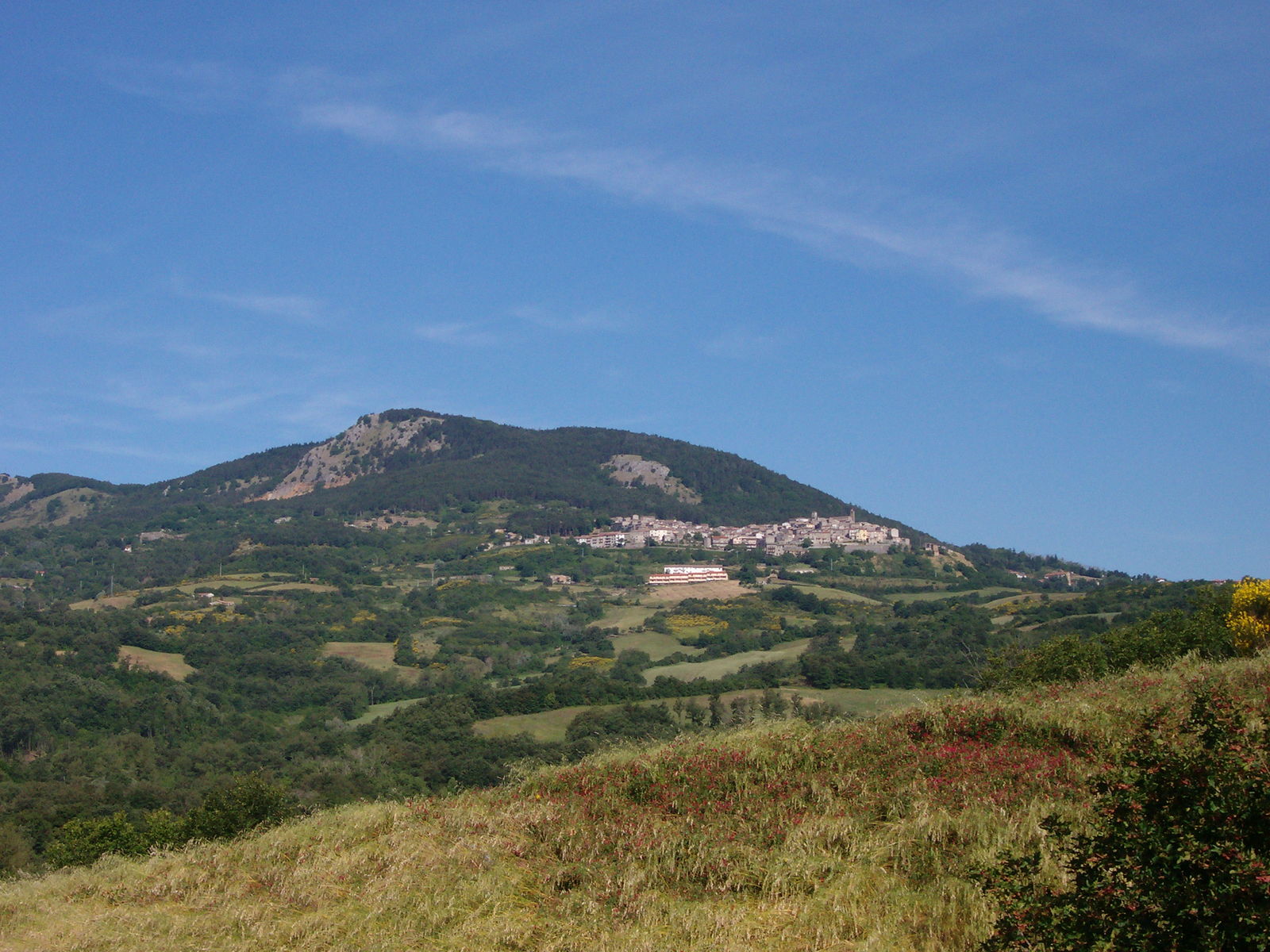Near Selvena, a few kilometres from Castell’Azzara right on the top of a mountain is the Rocca Silvana, a historic Aldobrandeschi castle and a strategic point for controlling the nearby cinnabar mines. From the ruins of Rocca Silvana you'll enjoy breathtaking views of Selvana and the area’s abandoned mines, not to mention the spectacular forests located along the flanks of Monte Civitella and other highlands.
In the wider area of Castell’Azzara is the Villa Sforzesca, a striking country villa built in 1580 for Cardinal Alessandro Sforza. The recently restored building contains lovely gates, coats of arms, fortress remains and frescoes. You’ll find this structure at the crossroads between the provinces of Siena, Grosseto and Viterbo, immersed in the unmistakable countryside of the Crete Senesi.
Nature loves shouldn’t miss the chance to visit the Monte Penna Nature Reserve, a protected area established in 1996 on the south-western Monte Amiata slopes and almost entirely covered with ash, beech and turkey oak forests. Birds such as buzzards, tawny owls and long-eared owls live in the Reserve, but you’ll also be able to catch a glimpse of foxes, porcupines, wild boars, roe deers, weasels, skunks, stone martens and martens.
In the limestone area of Poggio delle Forche you’ll find Sassocolato Cave (also known as the Bacheca cave) a place once used as a barn and for important spelunking expeditions. In 1995, the cave was closed to protect its important bat colony, which can be visited in summer months (so as to not disturb the animals) with the “L’Orso” Speleological Group of Castell’Azzara.





